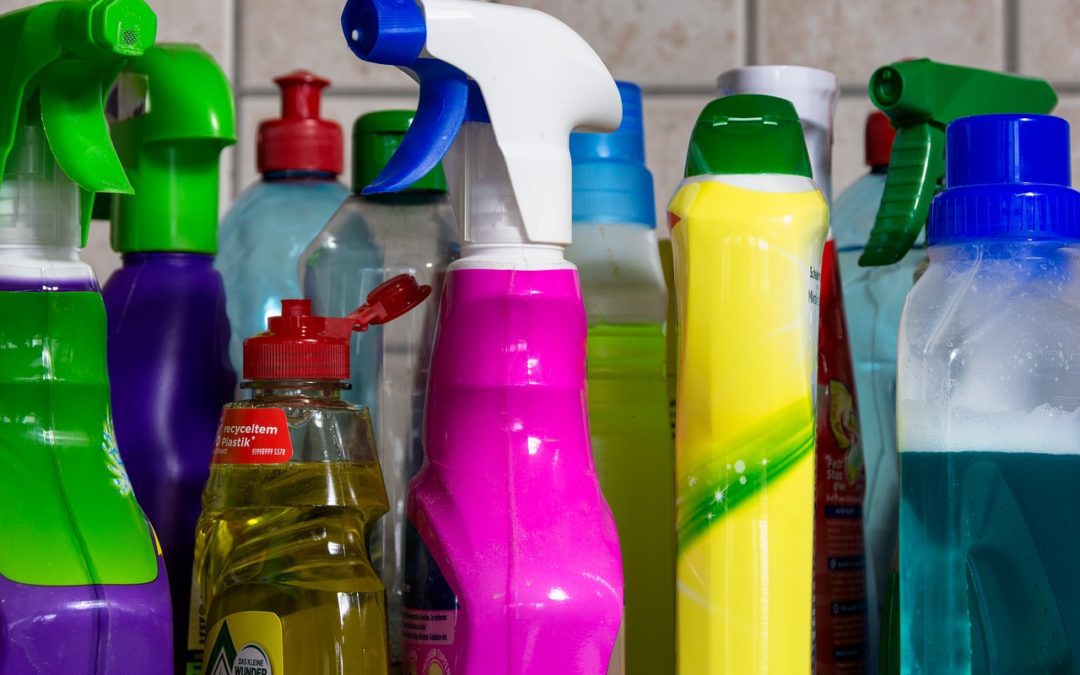Article by: Jarod Hanson, DVM, PhD, DACVPM, HYTechVets LLC, ProMED-mail, University of Maryland School of Medicine
Originally posted by Clinicians Brief on April 3, 2020, at 6:49 AM CST. Updated April 7, 2020, at 7:51 AM CST.
SARS-CoV-2 is an enveloped RNA virus. The relative fragility of the lipid membranes in the viral envelope renders it susceptible to most soaps, disinfectants, drying, and UV light.
Cleaning and disinfection should focus on those surfaces most likely to be contaminated, including common contact surfaces and items such as door knobs, computers and keyboards, stethoscopes, otoscopes, ophthalmoscopes, thermometers, pleximeters, drawer pulls, refrigerator handles, and restrooms. Examination room tables and floors should be routinely disinfected, and immediately after any use by staff or clients.
Regardless of the disinfectant used, cleaning and disinfecting involve the following steps:
- Removal of visible organic matter from the surface,
- Cleaning with an appropriate detergent and drying time, and
- Application of disinfectant (following the manufacturer’s directions regarding appropriate dilution, application method, contact time, expiration after mixing, and storage conditions).
Different disinfectant types should never be mixed. Selection should be based on surface type and conditions including temperature, as some disinfectants require increased contact time at lower ambient temperatures. As disinfectant supplies are strained during the COVID-19 pandemic, availability may vary, and having alternate options is key.
Have questions?


